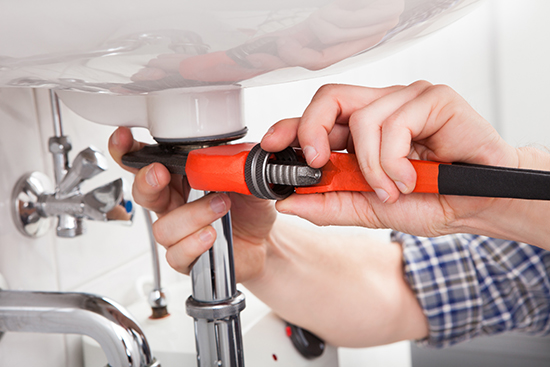In the intricate plumbing network that keeps our homes running smoothly, there’s a small yet vital component that often goes unnoticed—the toilet shut-off valve. This unassuming valve plays a significant role in maintaining your bathroom’s functionality and preventing potential disasters. In this article, we’ll delve into the importance of the toilet shut-off valve, its functions, and why every homeowner should be familiar with it.
Understanding the Toilet Shut-Off Valve
You might have glimpsed it before without giving it much thought—a small valve located behind or beneath your toilet’s tank. This unpretentious valve is responsible for controlling the water supply to your toilet. Its primary function is to allow you to stop the water flow to the toilet without having to shut off water to the entire house.
Functions of the Toilet Shut-Off Valve
- Emergency Stops: In case of a sudden leak, overflow, or malfunctioning toilet, the shut-off valve serves as a quick solution to stop water from continuously flowing into the toilet tank.
- Maintenance and Repairs: When performing maintenance or repairs on your toilet, shutting off the valve prevents water from flooding your bathroom while you work.
- Water Conservation: If you’re leaving for an extended period or have a minor leak, shutting off the valve can help conserve water and prevent wastage.
Locating the Valve
The toilet shut-off valve is typically located near the base of the toilet tank or along the water supply line leading to the toilet. It may be a straight handle valve, a quarter-turn ball valve, or a lever-style valve. If you’re unsure, tracing the water supply line from the toilet tank back to the wall will lead you to the valve.
Operating the Valve
Learning how to operate the toilet shut-off valve is essential for any homeowner. Here’s a simple guide:
- Identify the Valve: Locate the shut-off valve behind or beneath the toilet tank.
- Turn Clockwise: If it’s a traditional handle valve, turn it clockwise (righty-tighty) to close the valve and stop the water flow. If it’s a quarter-turn valve, simply turn it a quarter of the way to shut it off.
- Test the Water Flow: After closing the valve, flush the toilet to make sure the water flow has stopped. If it hasn’t, you might need to turn the valve more tightly.
Maintenance and Care
To ensure the toilet shut-off valve operates smoothly when you need it, consider these tips:
- Regular Testing: Test the valve periodically to make sure it’s functioning correctly and hasn’t become stuck due to lack of use.
- Lubrication: If you have a traditional handle valve, a small amount of lubrication can help prevent it from becoming difficult to turn.
- Replace if Necessary: If the valve is old, rusty, or leaks even when fully closed, it’s time to replace it.
Conclusion
The toilet shut-off valve might be a tiny component in your home’s plumbing system, but its significance cannot be underestimated. From preventing potential water damage to providing an essential tool during repairs, this little valve ensures your bathroom remains functional and hassle-free. Taking a moment to locate, understand, and maintain your toilet shut-off valve is a step toward responsible homeownership and peace of mind.
